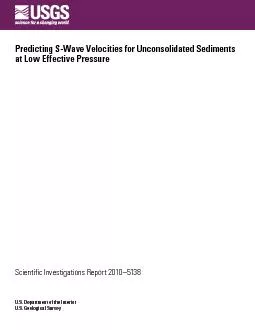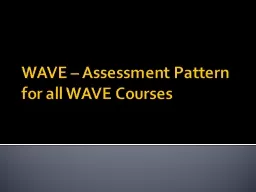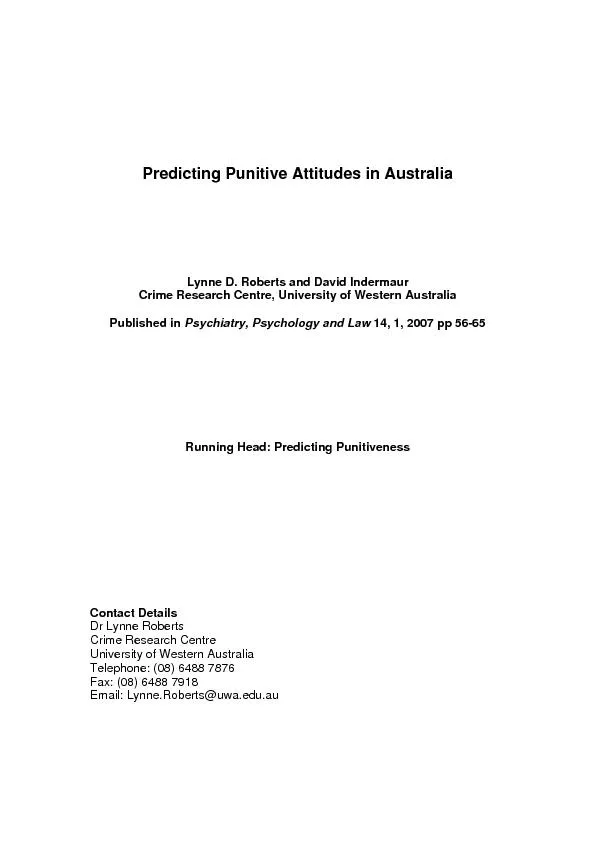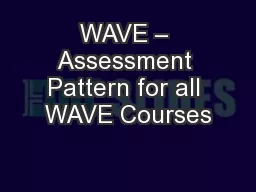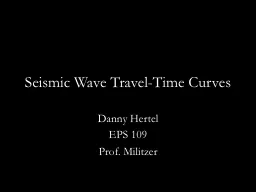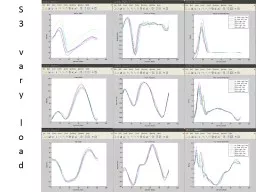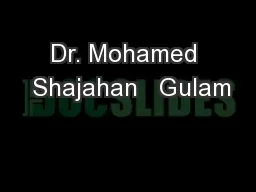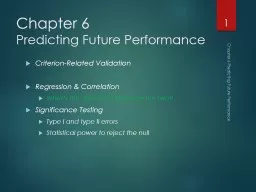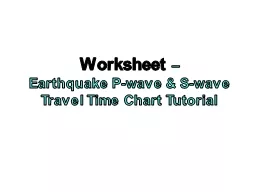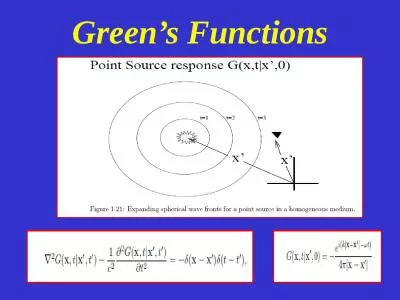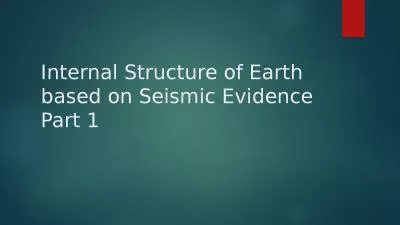PDF-Predicting S-Wave Velocities for
Author : karlyn-bohler | Published Date : 2015-12-02
Unconsolidated Sediments at Low Effective Pressure By Myung W Lee Scientic Investigations Report 20101505138 US Department of the Interior US Geological Survey US
Presentation Embed Code
Download Presentation
Download Presentation The PPT/PDF document "Predicting S-Wave Velocities for" is the property of its rightful owner. Permission is granted to download and print the materials on this website for personal, non-commercial use only, and to display it on your personal computer provided you do not modify the materials and that you retain all copyright notices contained in the materials. By downloading content from our website, you accept the terms of this agreement.
Predicting S-Wave Velocities for: Transcript
Download Rules Of Document
"Predicting S-Wave Velocities for"The content belongs to its owner. You may download and print it for personal use, without modification, and keep all copyright notices. By downloading, you agree to these terms.
Related Documents

